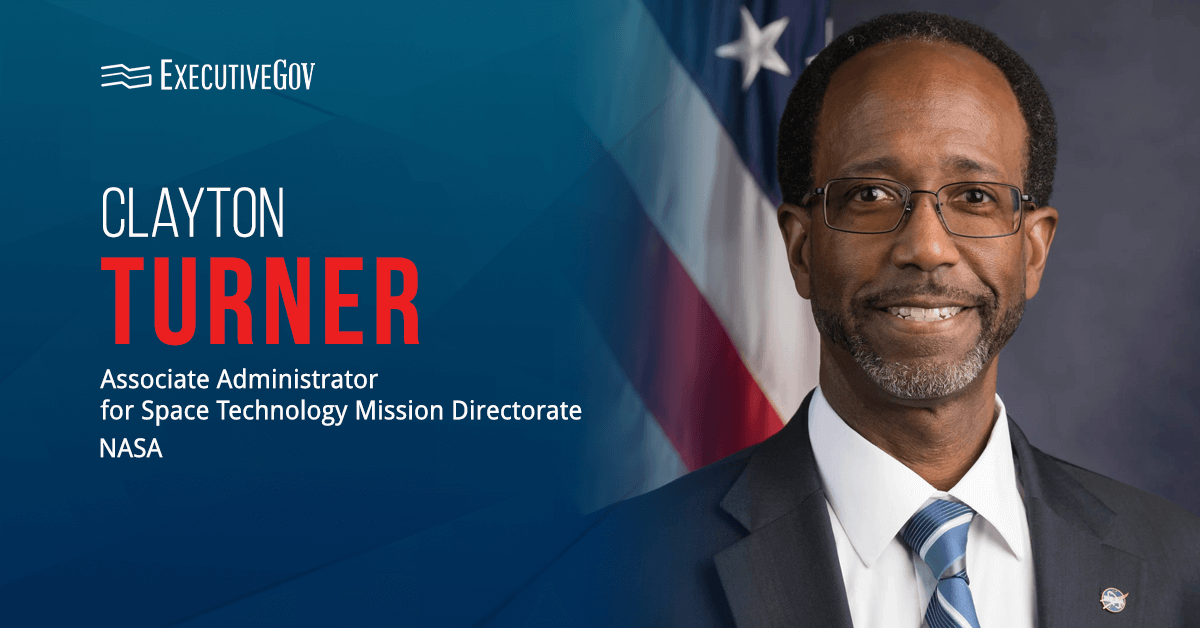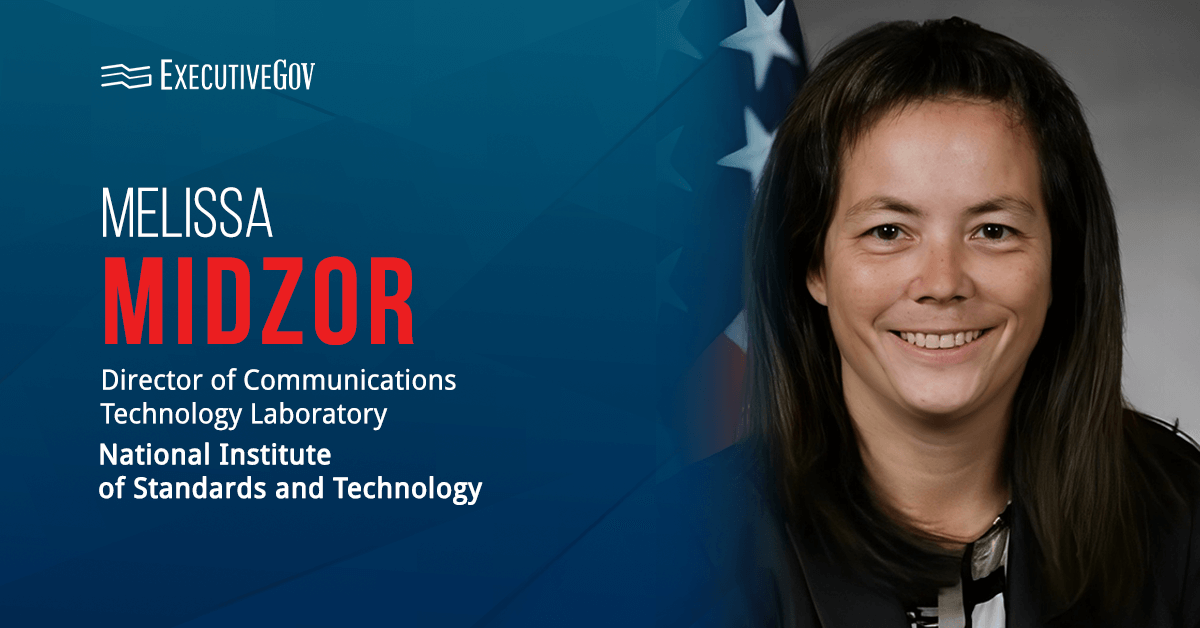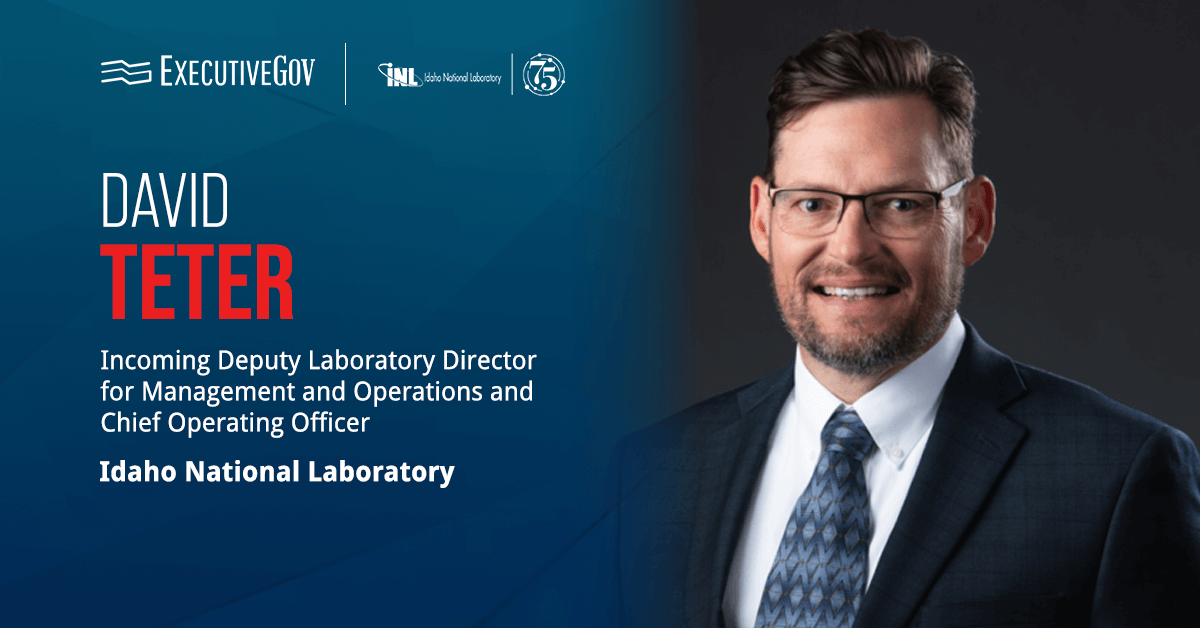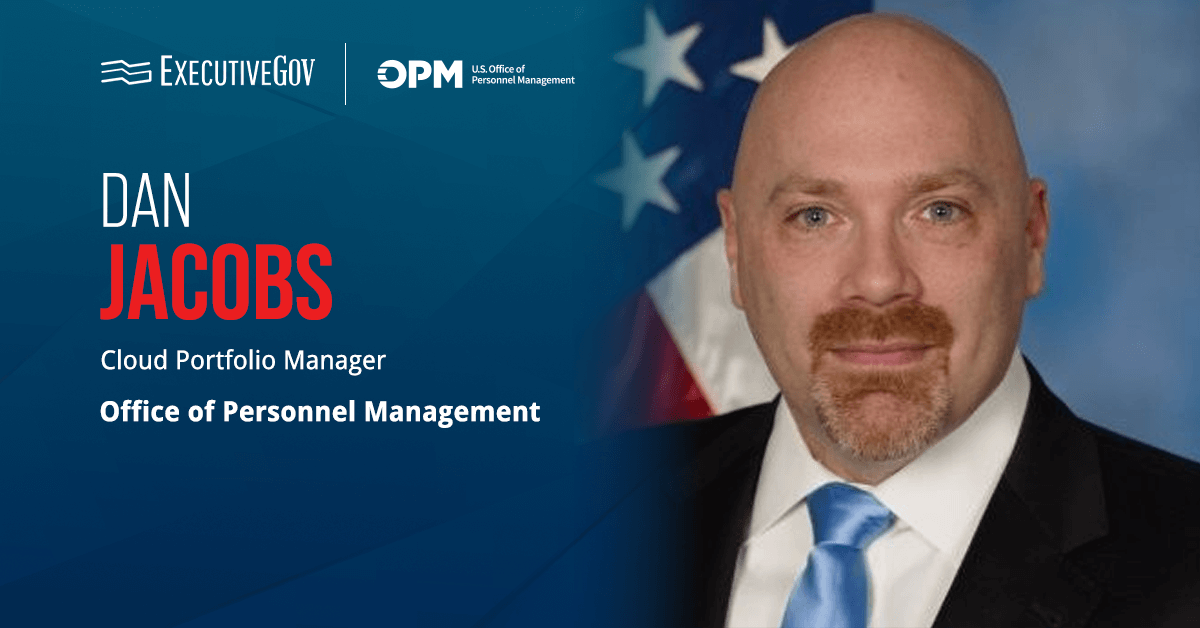The departments of Defense and Commerce have signed an agreement to leverage their resources, networks, and expertise to bolster the involvement of minority business enterprises, or MBEs, in the defense industrial base.
DOD said Tuesday the memorandum of understanding it signed with Commerce’s Minority Business Development Agency seeks to encourage the participation of MBEs in defense supply chains, foster collaboration, use data-driven insights to help MBEs capitalize on defense procurement opportunities and provide them access to training and development opportunities.
“This MOU represents a significant step in expanding access to defense contracts for minority business enterprises, ensuring that our supply chain is diverse, resilient, and capable of addressing the demands of our national defense,” said William LaPlante, undersecretary of defense for acquisition and sustainment.
“By working with MBDA, we can tap into a broader talent base of underrepresented businesses that bring unique perspectives and solutions, which ultimately contribute to a more robust and innovative industrial base,” added the 2024 Wash100 awardee.
The agreement will also help connect MBEs to the Mentor-Protege Program, APEX Accelerators and other DOD programs to help them navigate the defense procurement process.











